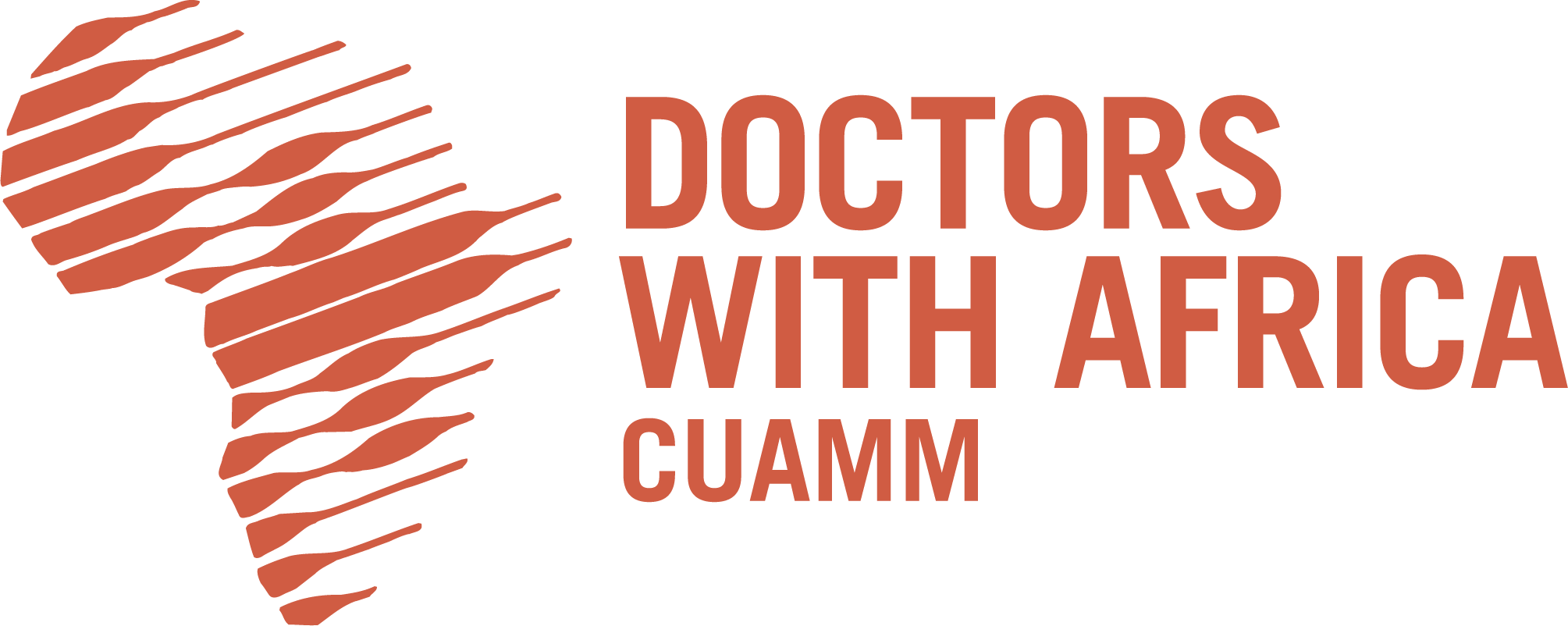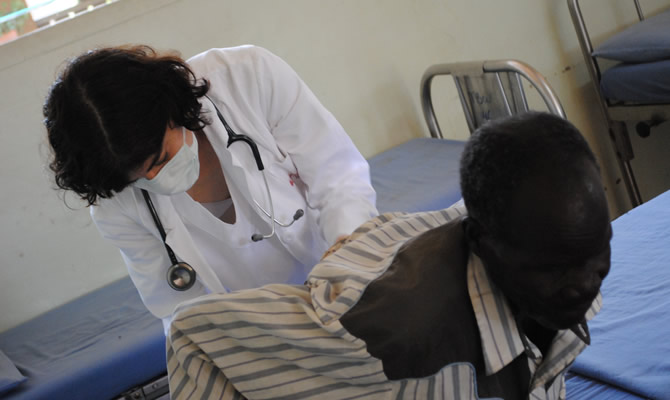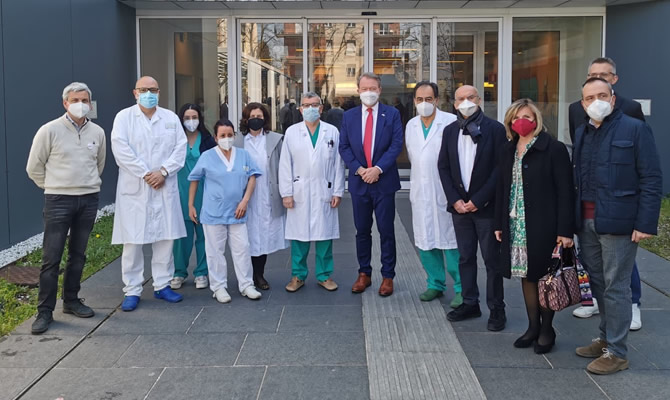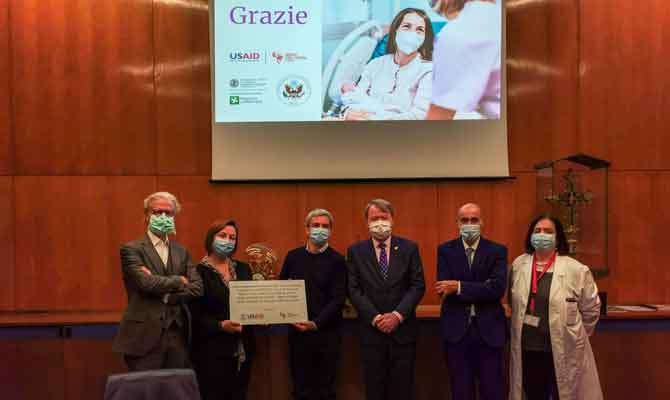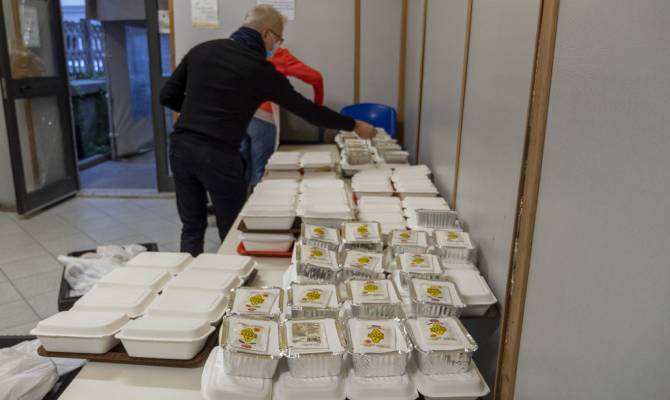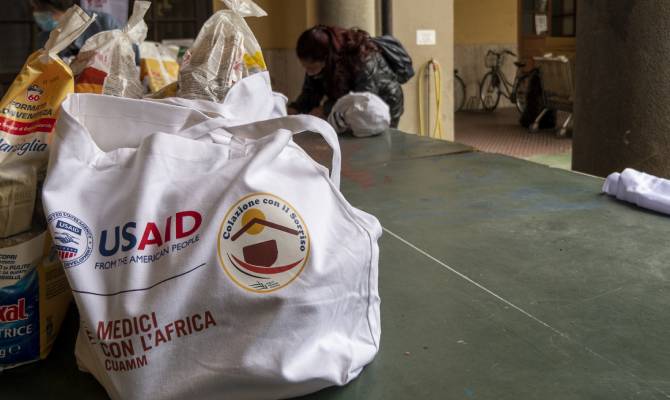Every year, March 24th marks the World Tuberculosis Day. This event aims to raise people awareness about the burden of tuberculosis. A total of 1,5 million people died from TB in 2020 and an estimated 10 million fell ill with tuberculosis worldwide. 25% of those people lives in Africa. The theme of World TB Day- “Invest to end TB. Save lives” – conveys the urgent need to keep investing resources to ramp up the fight against TB.
Doctors with Africa Cuamm has been working in Africa for over 70 years. Throughout this time, it has been witnessing the burden and consequences of tuberculosis, a predictable and curable disease that “takes the breath away”. Despite the difficulties, Doctors with Africa has never abandoned patients seeking for health care not even in the hardest time, when Covid-19 spread across African countries limiting people access to health services.
«Every day people with TB enter the hospitals we work in: from Rumbek in South Sudan to Wolisso, Ethiopia, not to mention Tosamaganga, Tanzania. Mortality rate is particularly high in some countries such as Angola where it is estimated to 62/100.000 inhabitants –claims Fabio Manetti, Head of Project Management Department at Cuamm. We detect and treat TB in hospital, some of the facilities we work in are equipped with advanced devices such as Genexpert that permits to detect TB, including MDR-TB or tuberculosis-multidrugs resistance. Four of the hospitals we work in are provided with such device that last year allowed us to identify 22 patients who are drug-resistant. Early diagnosis is crucial to detect and treat drug-resistant TB which is more likely to cause death and which effects might jeopardize the 2 years treatment.
Beside clinical interventions, community engagement is also effective in addressing TB prevention and treatment care as demonstrated by the results achieved in Angola and Uganda».
Team work and community engagement are particularly important in Uganda, especially in Karamoja, a poor region inhabited by a nomadic tribe where 6.000 cases of TB are reported every year. With the support given by the Italian Agency for Development Cooperation (AICS) and The National Trust for Italy (FAI), Cuamm is implementing cross-sectoral interventions including on-field activities, such as supervisions in remote villages; mobile clinics and patient transfer to pick up drugs as well as hospital health care. 5 districts, 26 counties and a population of around 600.000 people are benefiting from the intervention implemented with the support of 2.200 community activists. In 2021, 83.566 people were screened for TB, 15.991 suspected were referred to hospital to confirm the diagnosis and 1.272 people were diagnosed and treated.
«Many people here believe that a positive diagnosis to TB implies Aids. This is only a myth. I am glad for the training received because now I can work within the community and play my part to help them». Paul Lotyang-57 years-old, lives in Kotido with his three sons. His wife passed away. He was selected by Cuamm for the training program designed for community activists. His duty consist of going from one village to another trying to detect TB suspected cases. He is illiterate but he knows how to recognize signs and symptoms of the disease so once he has detected a case, he is in charge of guiding patients to health center to receive the diagnosis. His role is pivotal in the contact tracing system and his close relation with patients reduce the risk of treatment abandonment since he follows them to pick up drugs. «He enjoys the loyalty of the community therefore when someone is sick they ask Lotyang to take them to health center. He is so deeply trusted, they call him “Doctor”» says Kenneth Kuanda, Cuamm staff in Uganda.
We cannot fail to mention the “CombaTB” project implemented in Angola to end TB and its co-morbidity with HIV during Covid-19. The project aims at performing early diagnosis and consequently refer patients to Luanda province for treatment. Training program to health personnel, equipment supplies, support to data management and patients follow-up are among the activities of the project realized by community health workers.
